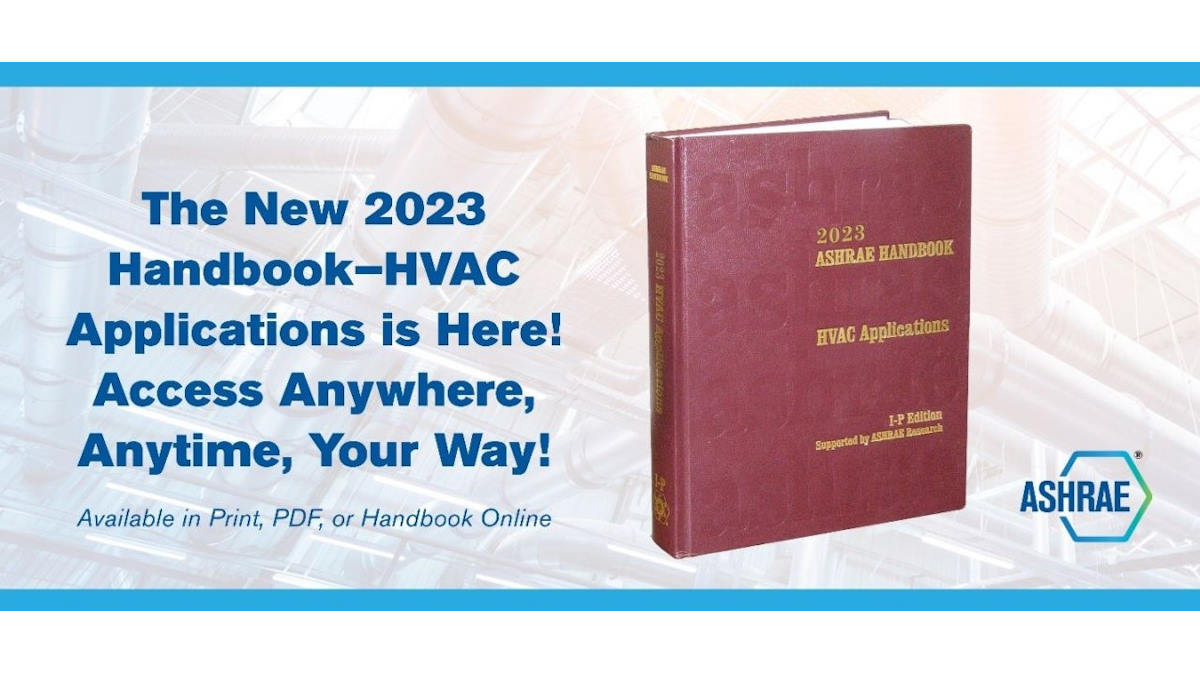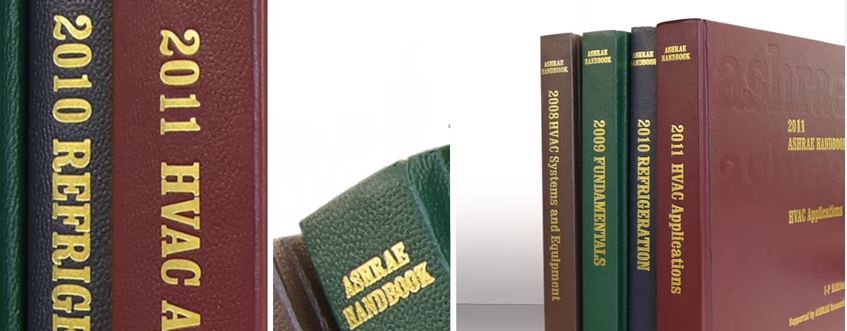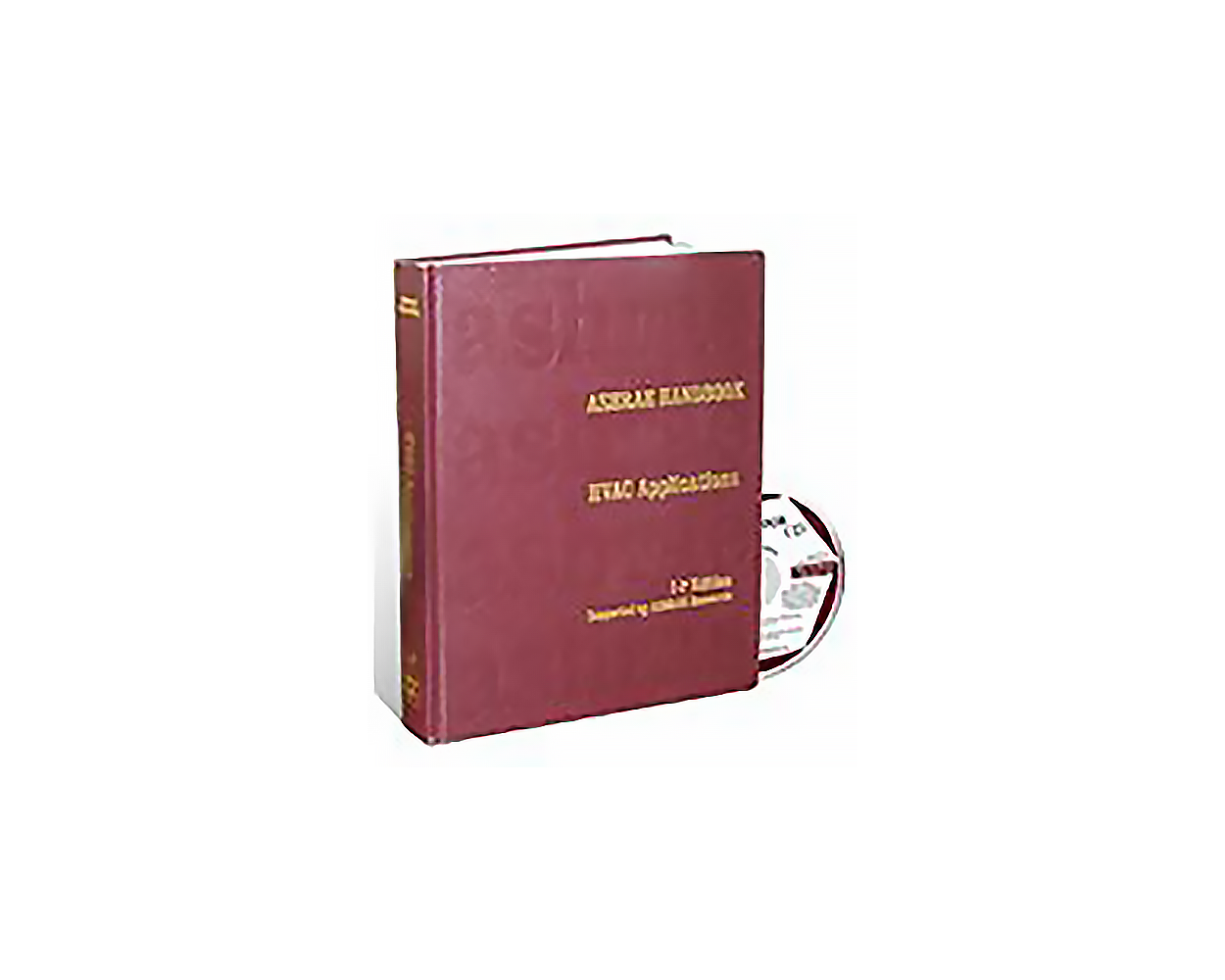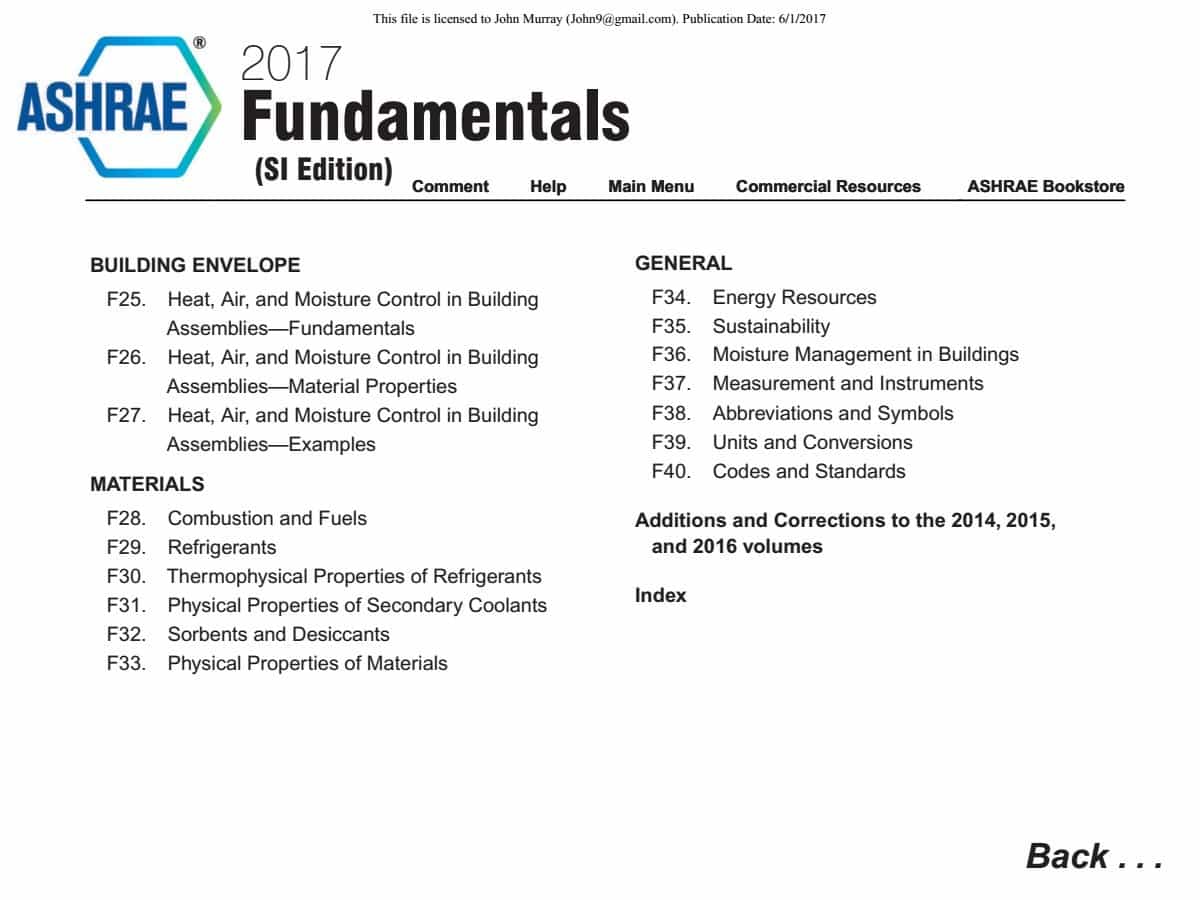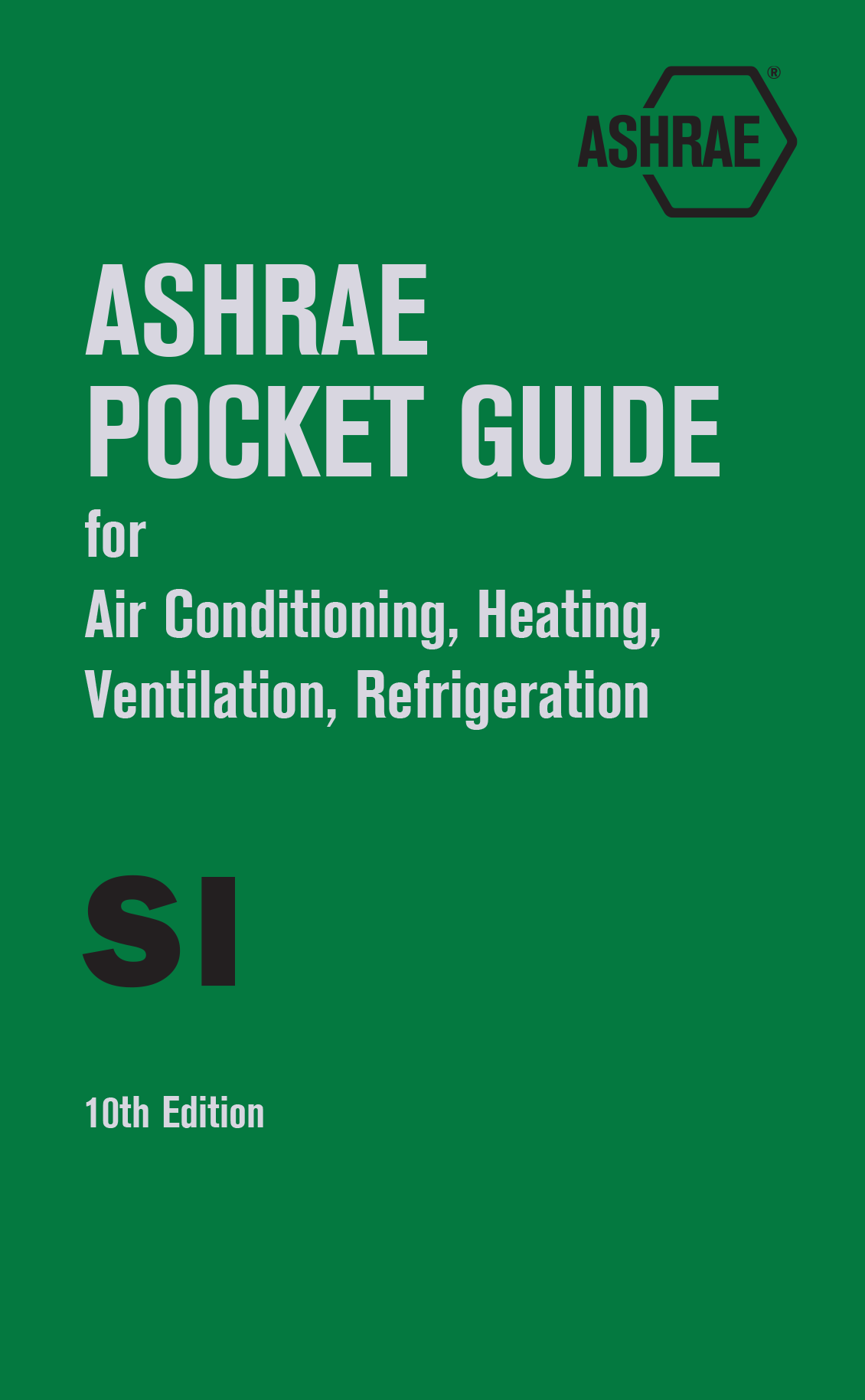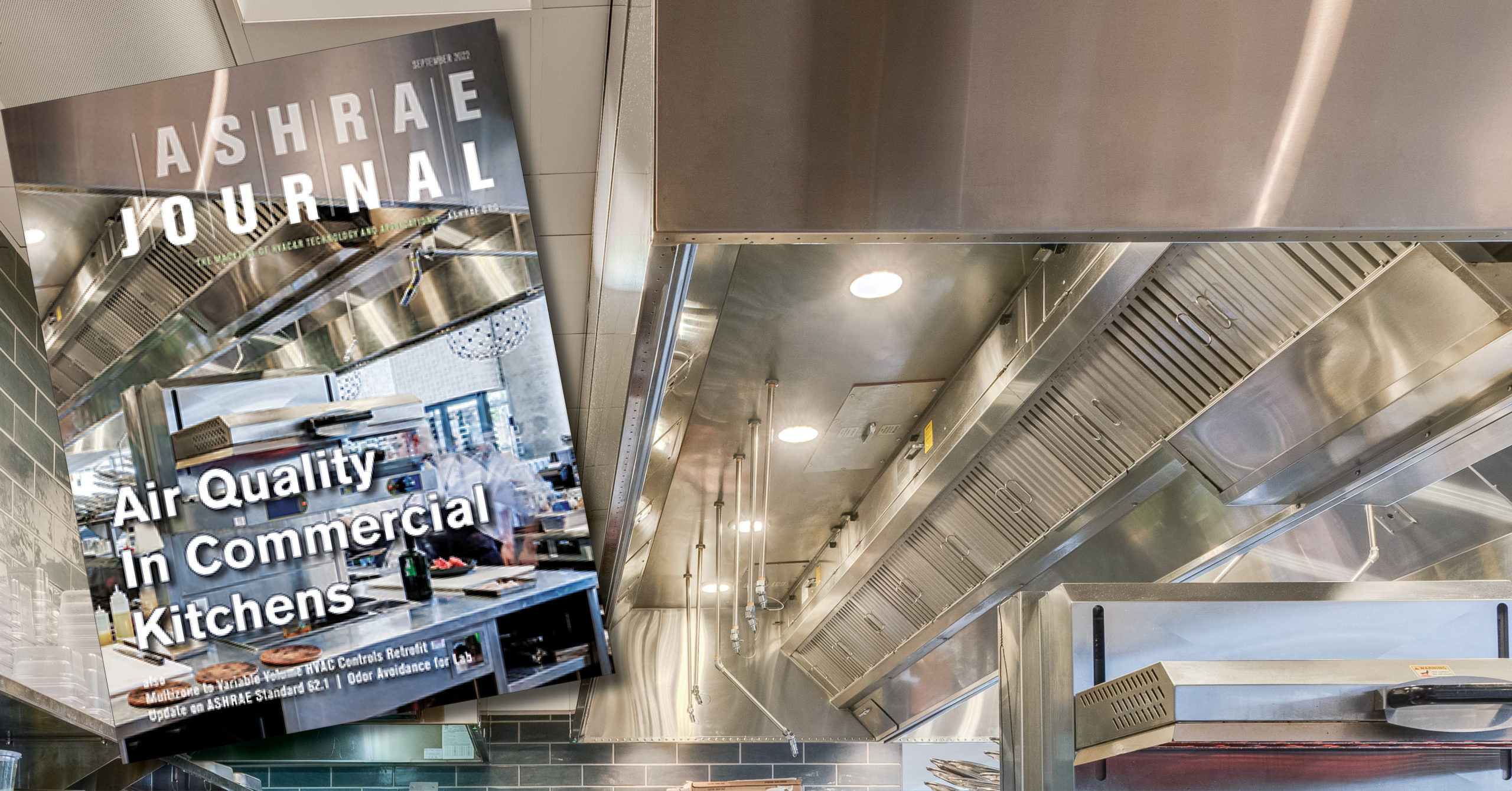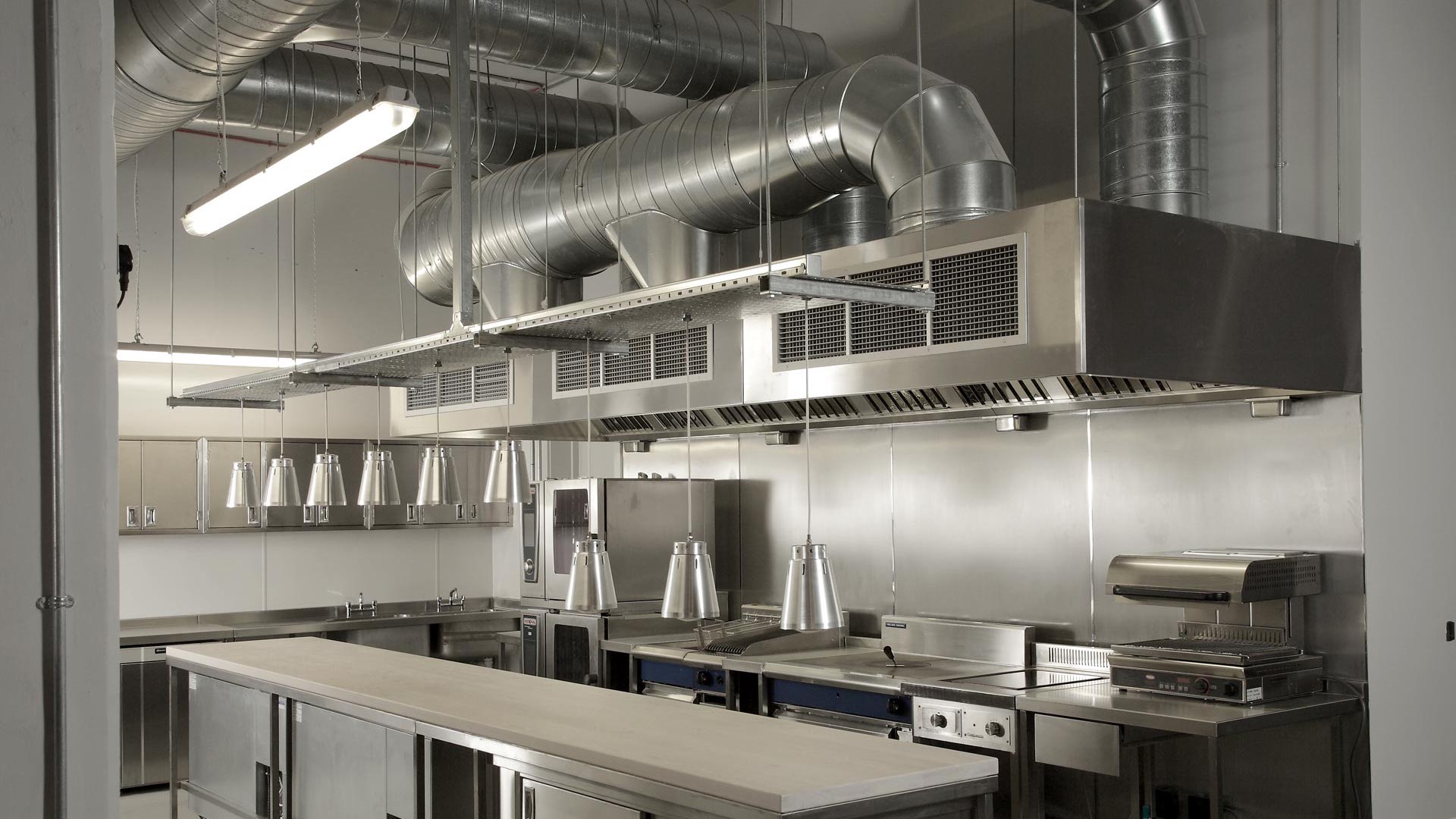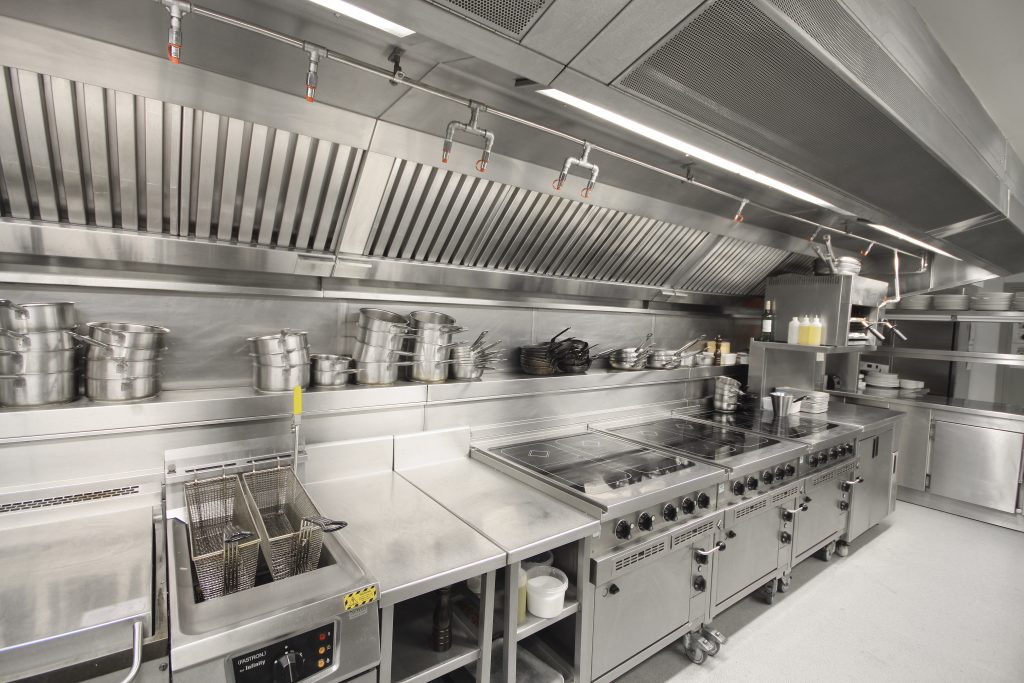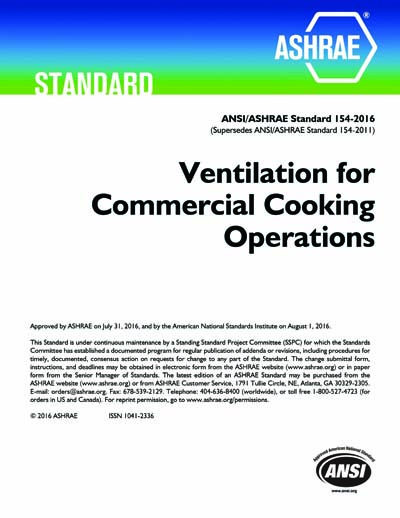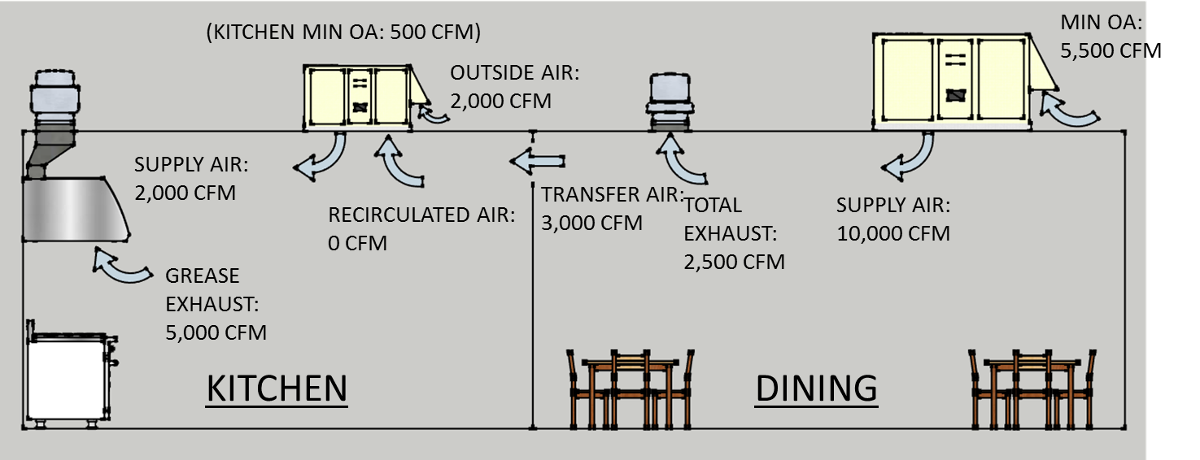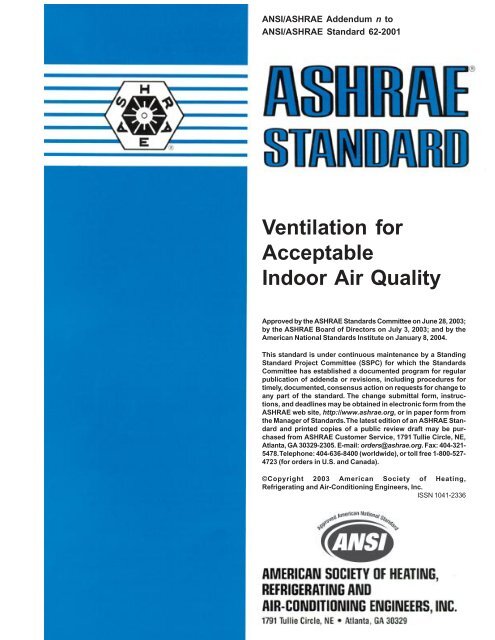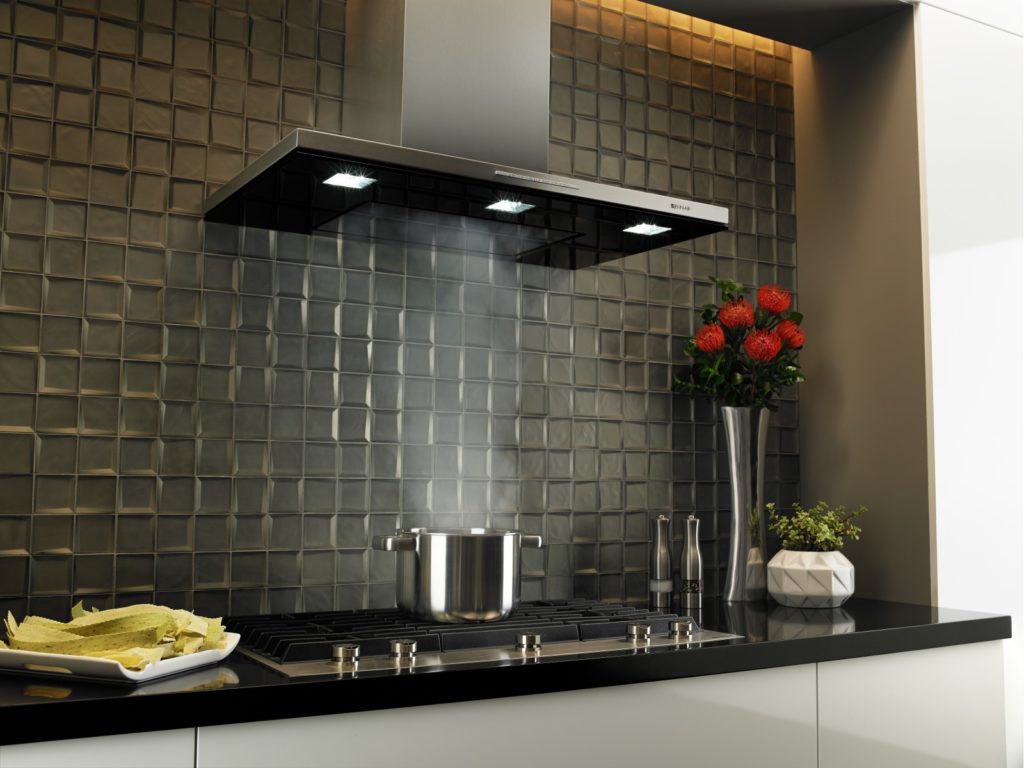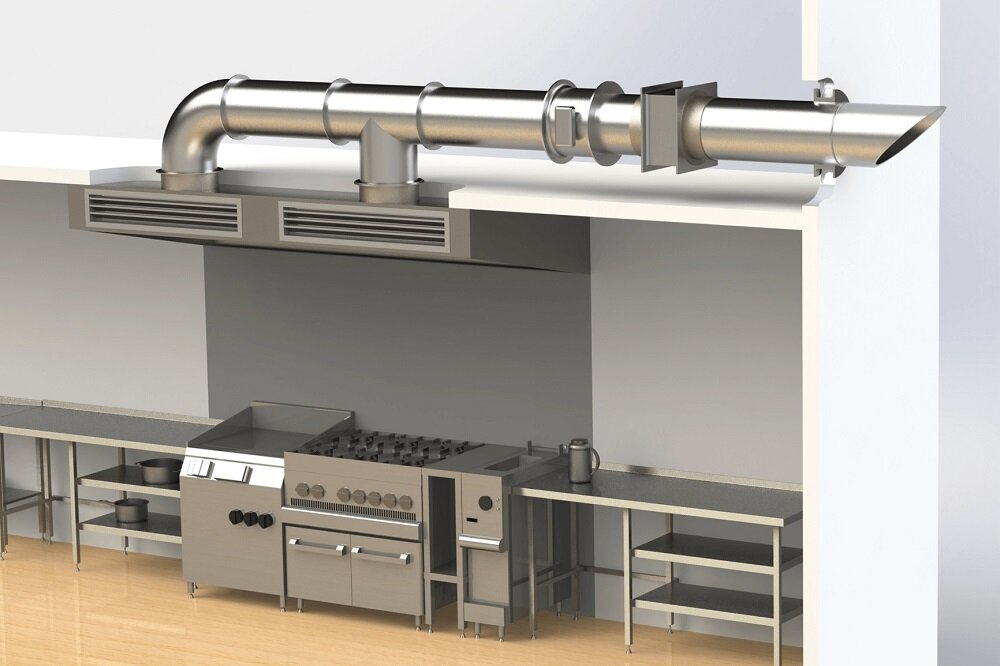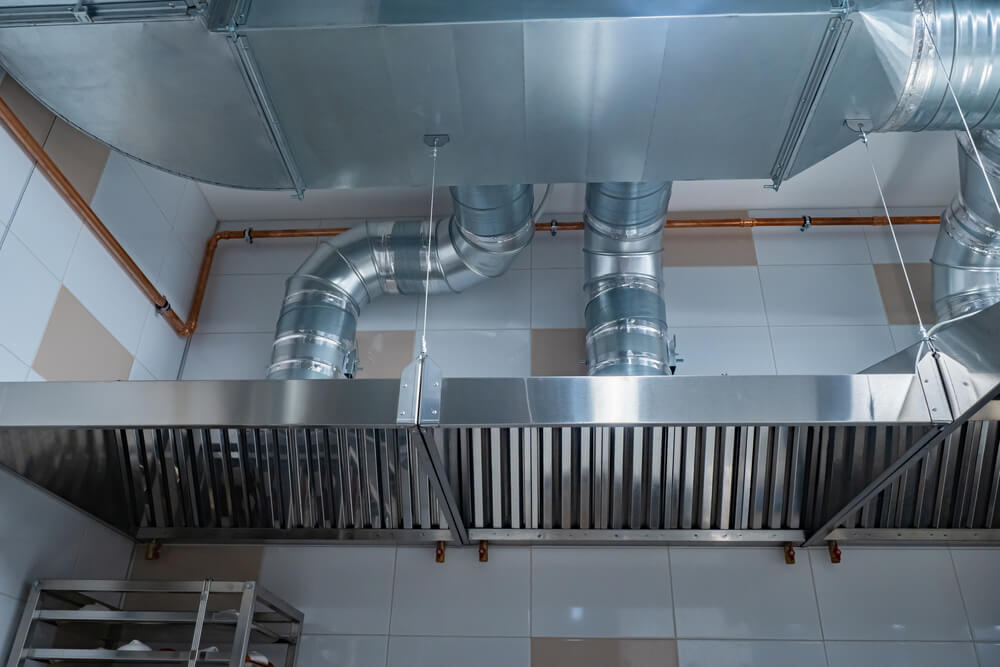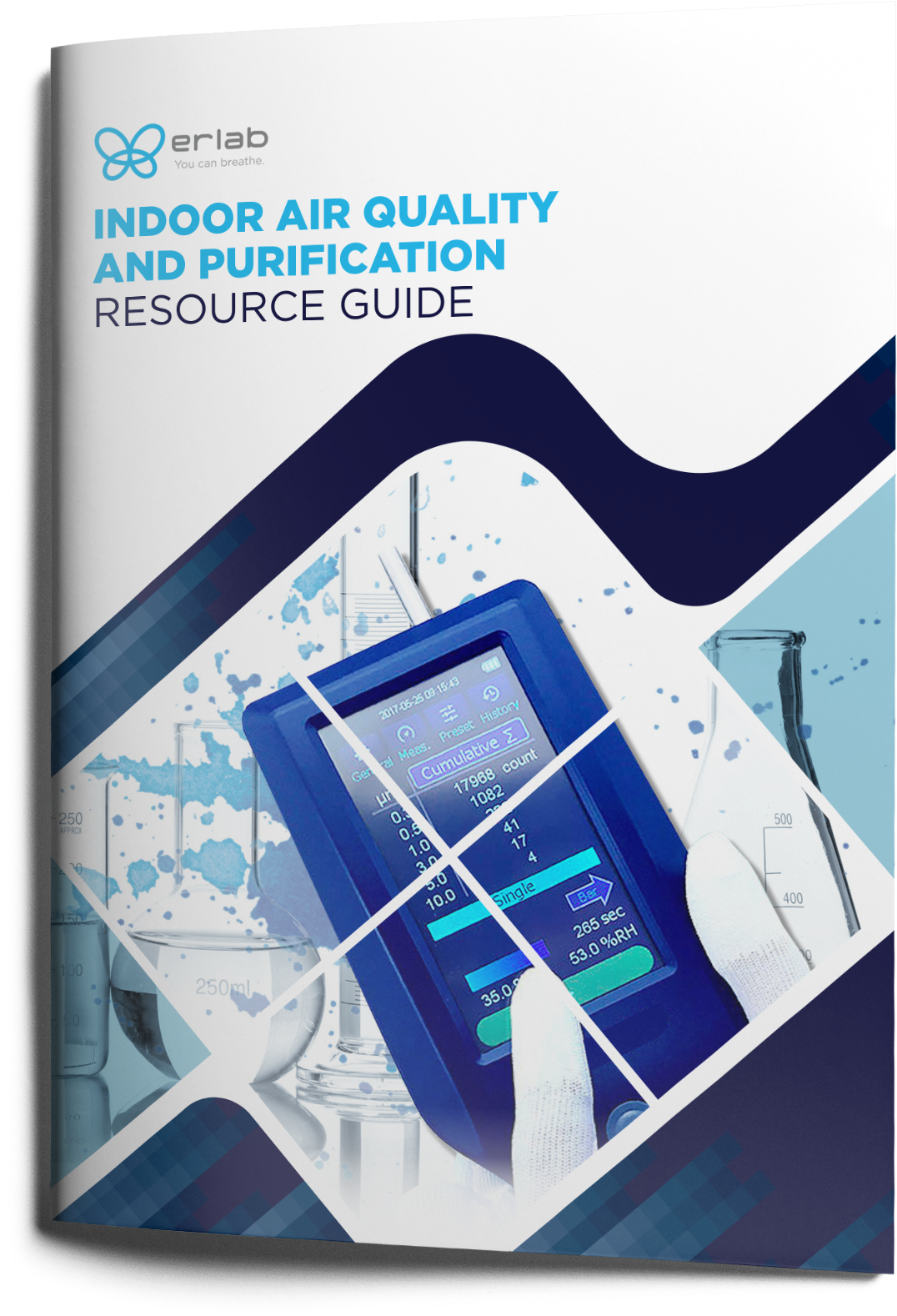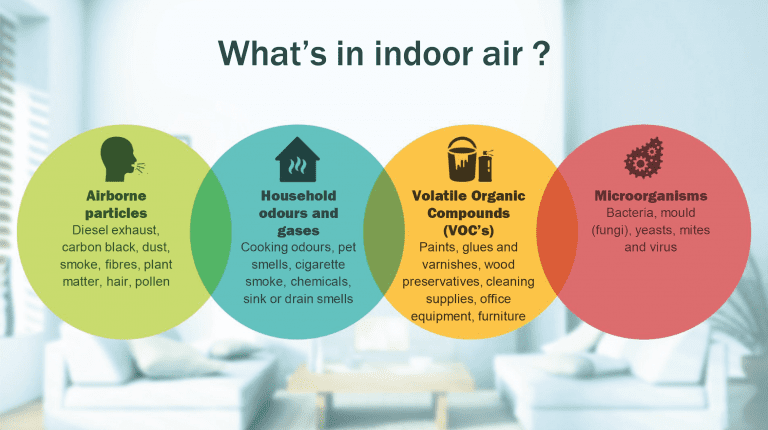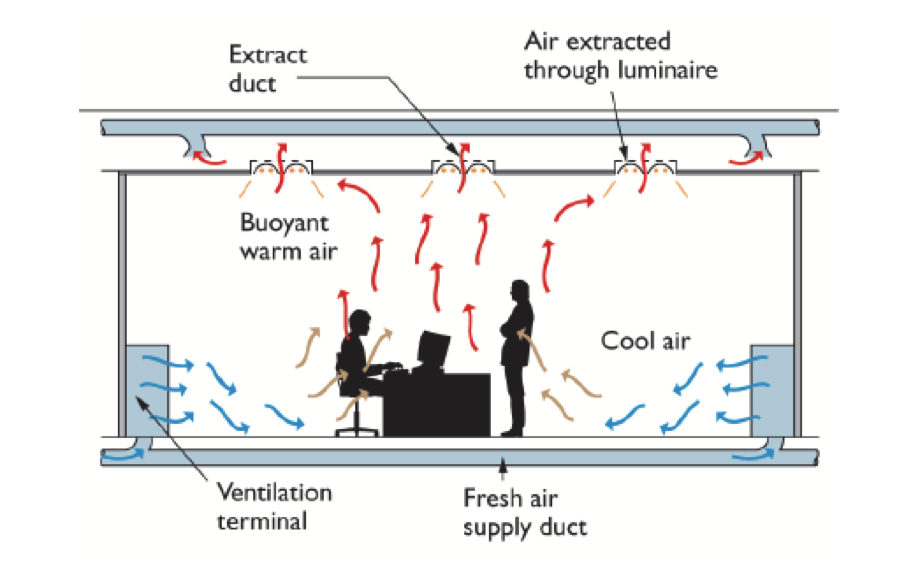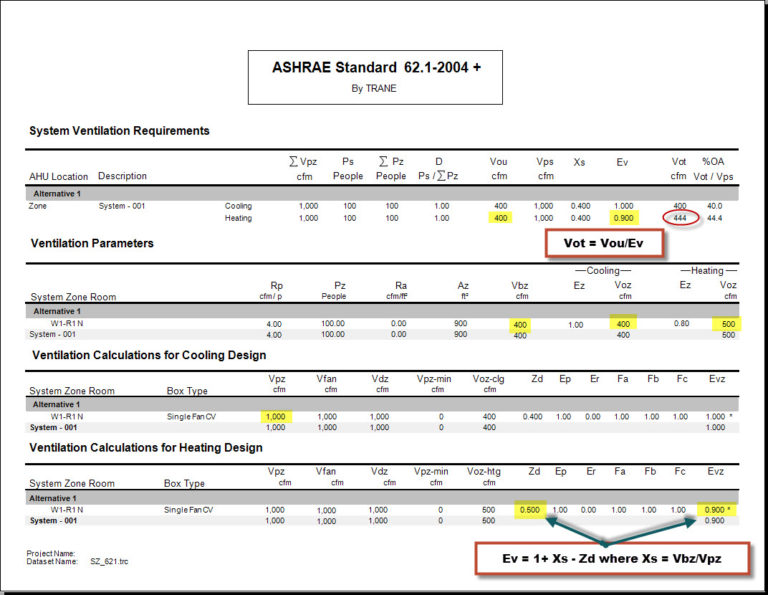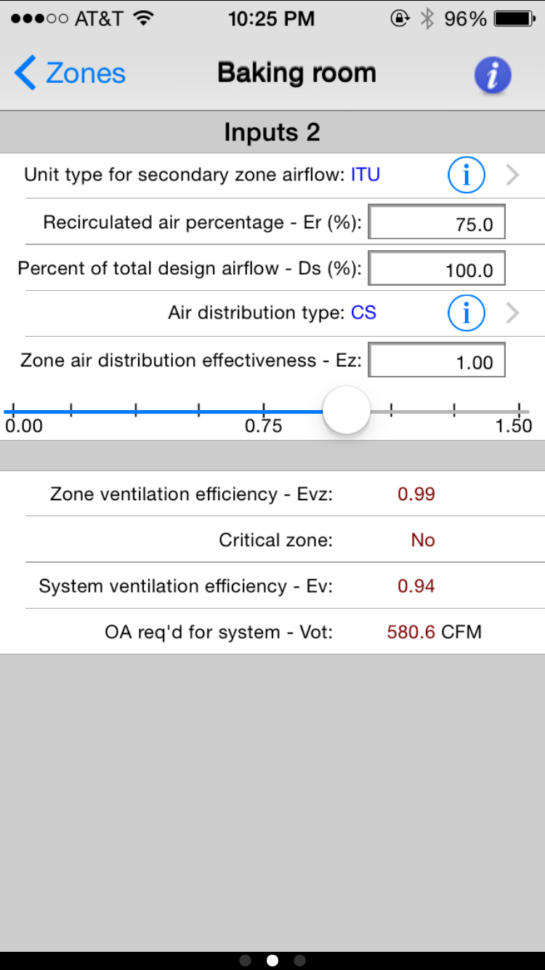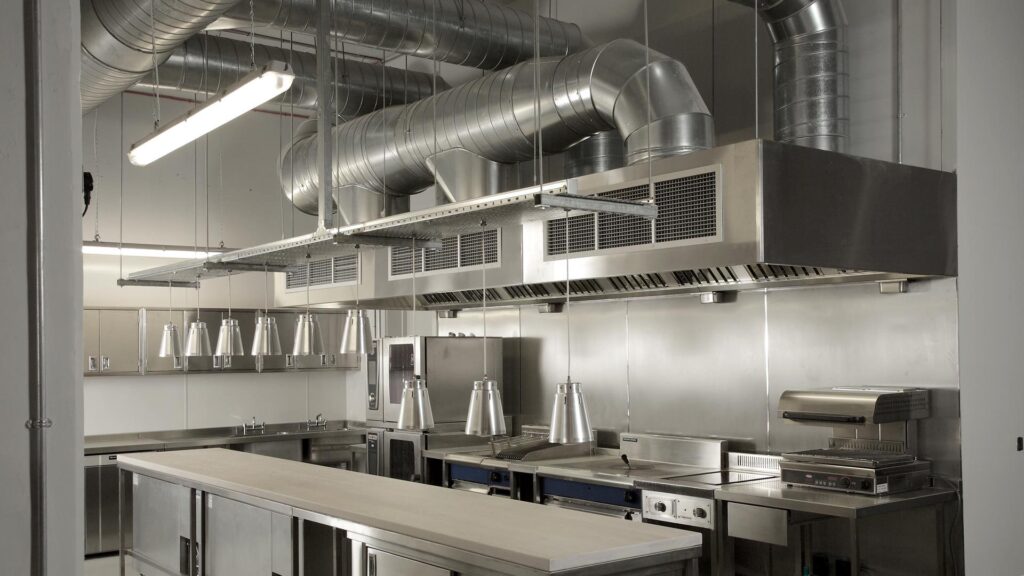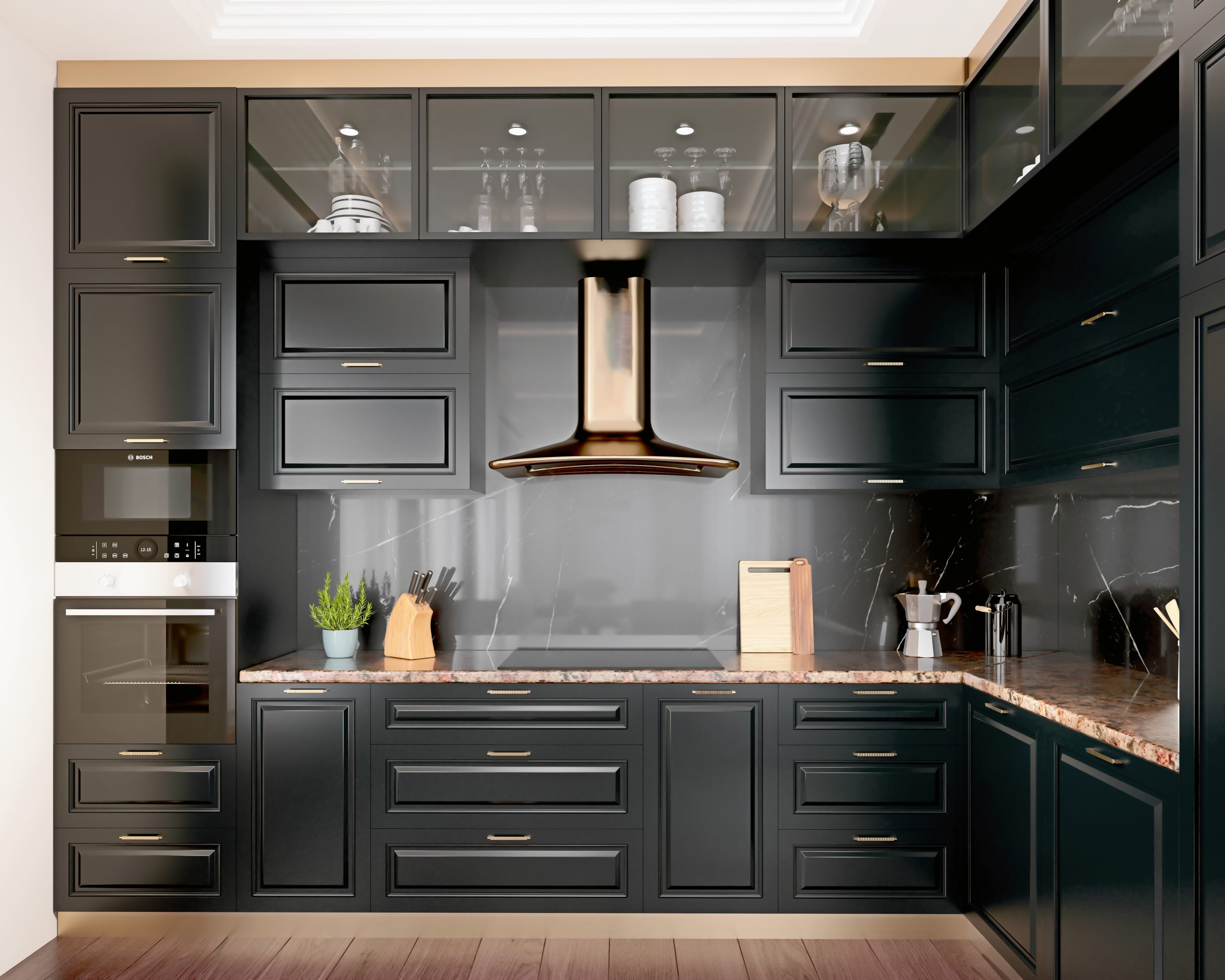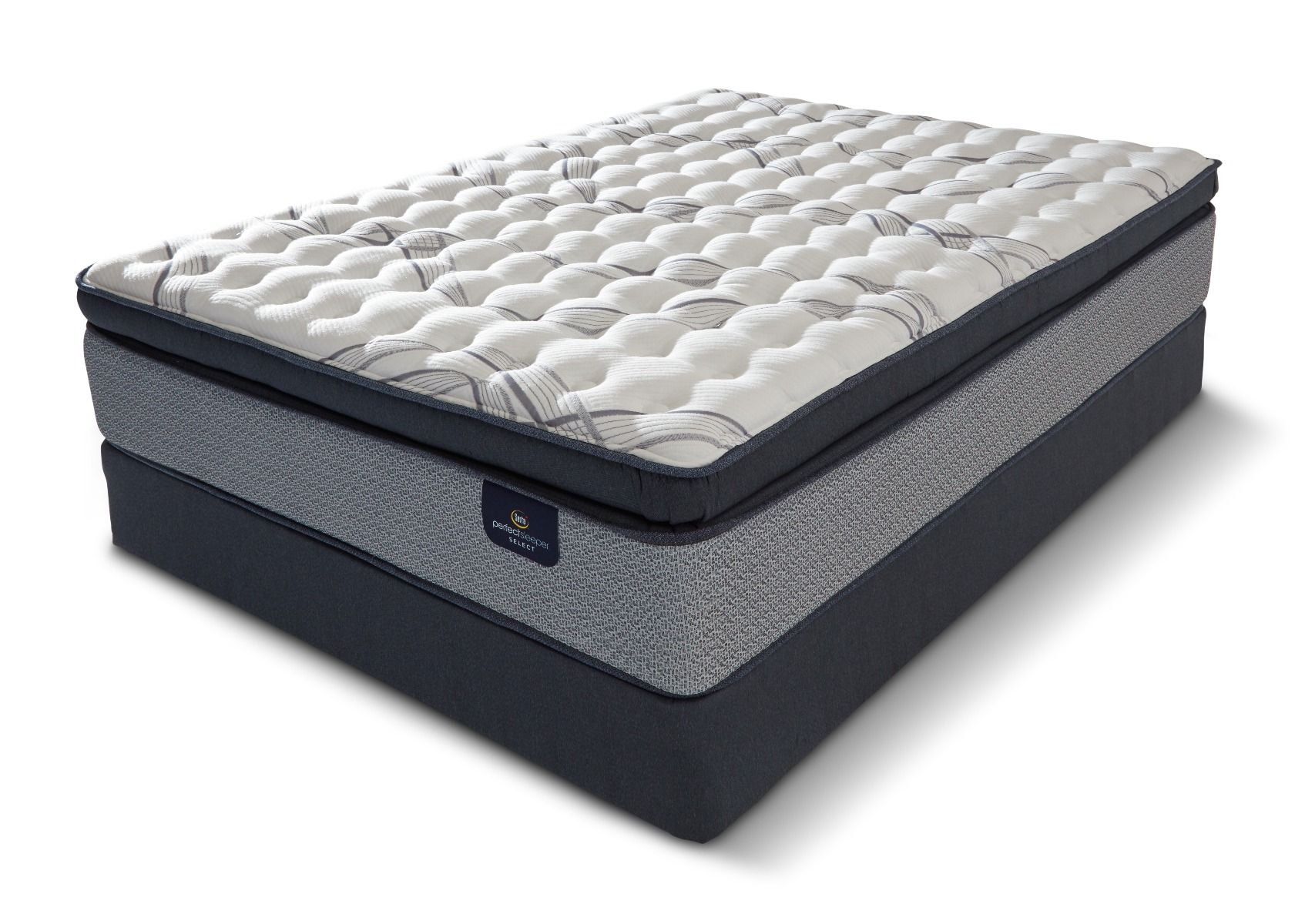The ASHRAE Standard 154 is a set of guidelines specifically designed for commercial kitchen hood design. This standard provides minimum ventilation rates for different types of cooking equipment based on their heat output and type of cooking. It also includes recommendations for hood and ductwork design, filtration, and fire protection. Following this standard ensures that the kitchen ventilation system is properly designed and meets the necessary safety and health requirements.ASHRAE Standard 154: Ventilation for Commercial Cooking Operations
In addition to the ASHRAE Standard 154, the ASHRAE Standard 62.1 also plays a crucial role in the design of kitchen hoods. This standard focuses on providing acceptable indoor air quality by controlling the amount of pollutants and contaminants in the air. It sets minimum ventilation rates for different types of spaces, including commercial kitchens, and also addresses the use of air cleaning devices. By following this standard, kitchen hoods can effectively remove harmful pollutants from the air and maintain a healthy indoor environment.ASHRAE Standard 62.1: Ventilation for Acceptable Indoor Air Quality
The ASHRAE Standard 90.1 is a widely recognized energy standard that provides guidelines for energy-efficient building design. While it is not specific to kitchen hood design, it does include requirements for the energy efficiency of ventilation systems. By following this standard, kitchen hoods can be designed to minimize energy consumption and reduce operating costs. This also contributes to the overall sustainability of the building.ASHRAE Standard 90.1: Energy Standard for Buildings Except Low-Rise Residential Buildings
The ASHRAE Handbook is a comprehensive resource for HVAC design and includes a specific chapter (Chapter 45) on commercial kitchen ventilation. This chapter covers topics such as design considerations, exhaust and make-up air calculations, and fire protection. It also includes case studies and examples to help designers understand and apply the concepts in real-world situations. This handbook is a valuable tool for anyone involved in the design of kitchen hoods.ASHRAE Handbook: HVAC Applications, Chapter 45: Commercial Kitchen Ventilation
The ASHRAE Journal is a monthly publication that features articles on a variety of HVAC topics, including kitchen hood design. This particular article focuses on the importance of proper design in achieving optimal performance of kitchen ventilation systems. It covers topics such as air flow rates, hood and ductwork sizing, and exhaust and make-up air balancing. By following the recommendations in this article, designers can ensure that their kitchen hood designs will be effective and efficient.ASHRAE Journal: Designing Kitchen Ventilation Systems for Optimal Performance
Another article from the ASHRAE Journal focuses on energy efficiency in kitchen hood design. It discusses various strategies for reducing energy consumption, such as using variable speed exhaust fans, incorporating demand control ventilation, and using energy recovery systems. By implementing these strategies, designers can create more sustainable and cost-effective kitchen ventilation systems.ASHRAE Journal: Kitchen Ventilation Design Considerations for Energy Efficiency
Fire safety is a critical consideration in the design of kitchen hoods. This article from the ASHRAE Journal discusses the various requirements and recommendations for fire protection in kitchen ventilation systems. It covers topics such as fire suppression systems, fire-rated construction, and proper hood and ductwork design to prevent the spread of fire. By following these guidelines, designers can ensure that their kitchen hoods are safe and compliant with fire safety regulations.ASHRAE Journal: Kitchen Ventilation Design for Fire Safety
As mentioned earlier, indoor air quality is a key consideration in kitchen hood design. This article from the ASHRAE Journal delves deeper into this topic, discussing the various pollutants and contaminants that are typically found in commercial kitchens and how proper ventilation can help remove them. It also addresses the importance of proper maintenance and cleaning of kitchen hoods to maintain good indoor air quality.ASHRAE Journal: Kitchen Ventilation Design for Indoor Air Quality
Noise control is often overlooked in kitchen hood design, but it is an important aspect to consider. This article from the ASHRAE Journal discusses the sources of noise in kitchen ventilation systems and provides recommendations for reducing it. It covers topics such as selecting quiet equipment, proper ductwork design, and sound insulation. By addressing noise control in the design phase, designers can create a more comfortable and pleasant environment for kitchen staff and customers.ASHRAE Journal: Kitchen Ventilation Design for Noise Control
Lastly, this article from the ASHRAE Journal focuses on the role of kitchen hoods in promoting sustainability. It discusses various strategies for designing and operating energy-efficient and environmentally friendly kitchen ventilation systems. It also addresses the use of sustainable materials and the importance of proper maintenance and cleaning to prolong the lifespan of the equipment. By incorporating sustainable practices into kitchen hood design, designers can contribute to a more sustainable future for the foodservice industry. In conclusion, the ASHRAE standards, handbook, and journal provide a wealth of information and resources for designing effective and efficient kitchen hoods. By following these guidelines and recommendations, designers can create systems that not only meet safety and health requirements but also promote sustainability, energy efficiency, and indoor air quality. Ultimately, the goal is to provide a safe and comfortable environment for kitchen staff and customers while also minimizing operating costs and contributing to a more sustainable future. ASHRAE Journal: Kitchen Ventilation Design for Sustainability
Kitchen Hood Design: The Importance of Following ASHRAE Guidelines
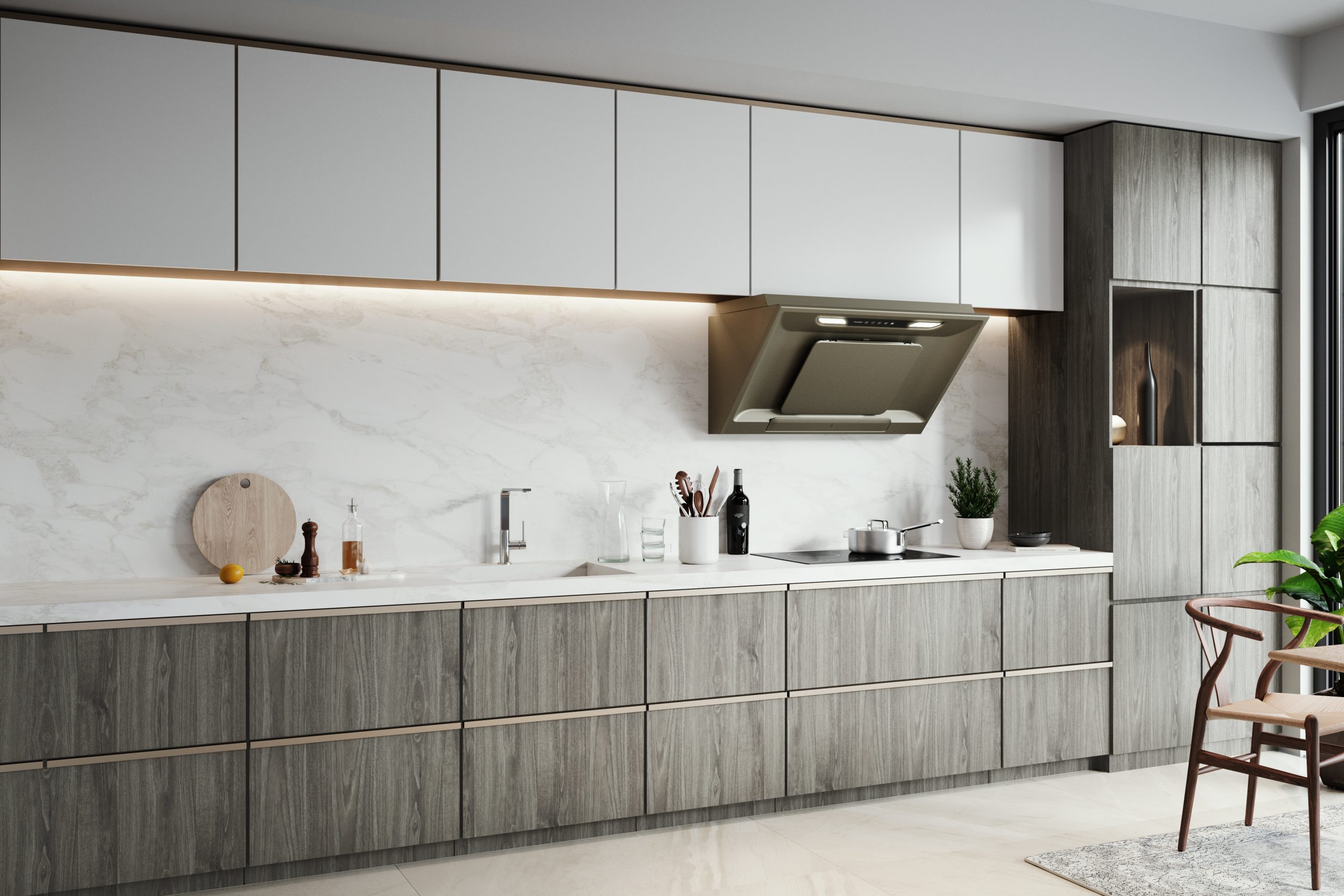
What is ASHRAE?
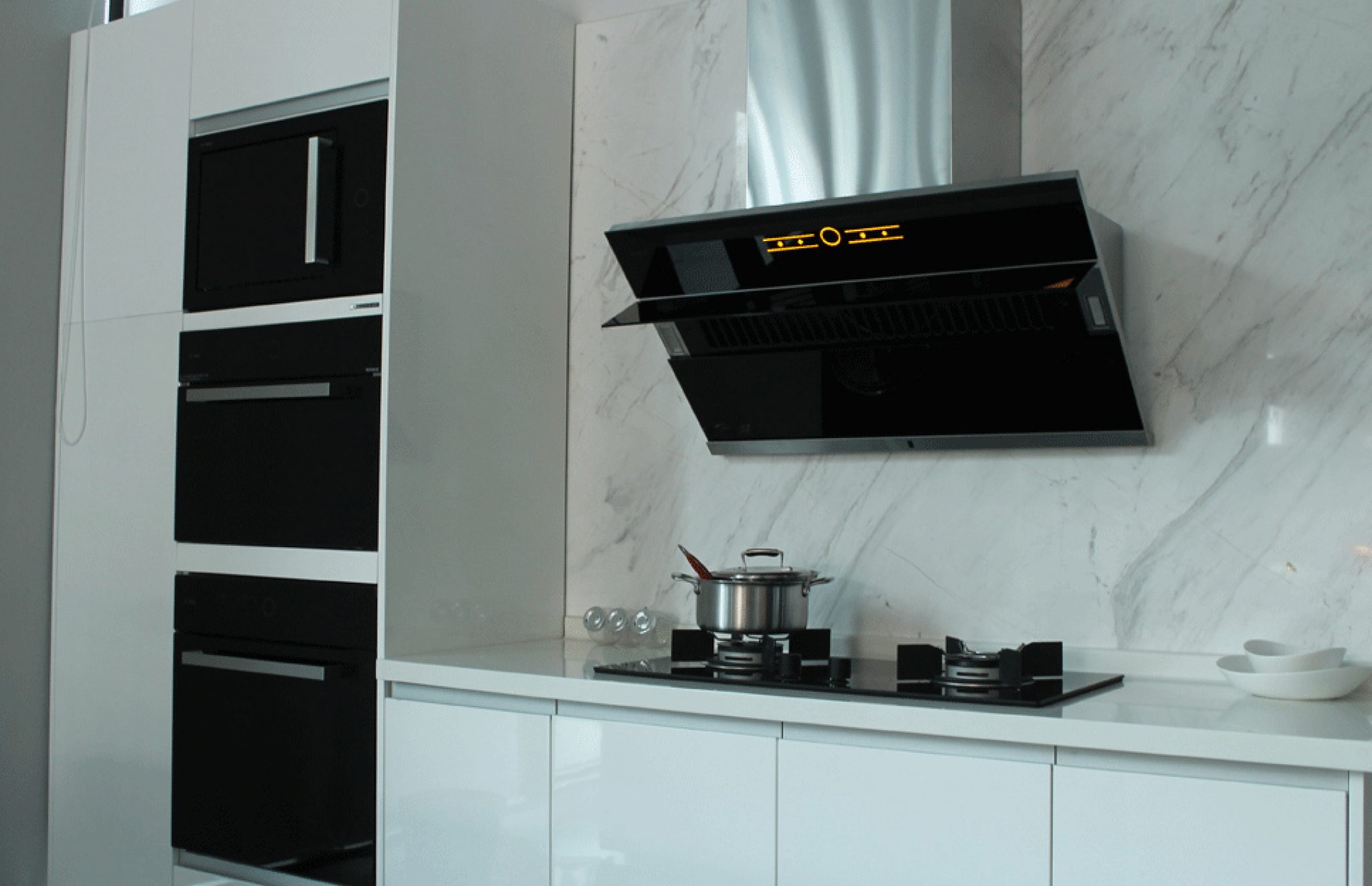 The American Society of Heating, Refrigerating and Air-Conditioning Engineers (ASHRAE) is a global society that focuses on advancing the arts and sciences of heating, ventilation, air conditioning and refrigeration to serve humanity and promote a sustainable world. ASHRAE sets the standard for energy efficiency, indoor air quality, and sustainable building design.
The American Society of Heating, Refrigerating and Air-Conditioning Engineers (ASHRAE) is a global society that focuses on advancing the arts and sciences of heating, ventilation, air conditioning and refrigeration to serve humanity and promote a sustainable world. ASHRAE sets the standard for energy efficiency, indoor air quality, and sustainable building design.
The Role of ASHRAE in Kitchen Hood Design
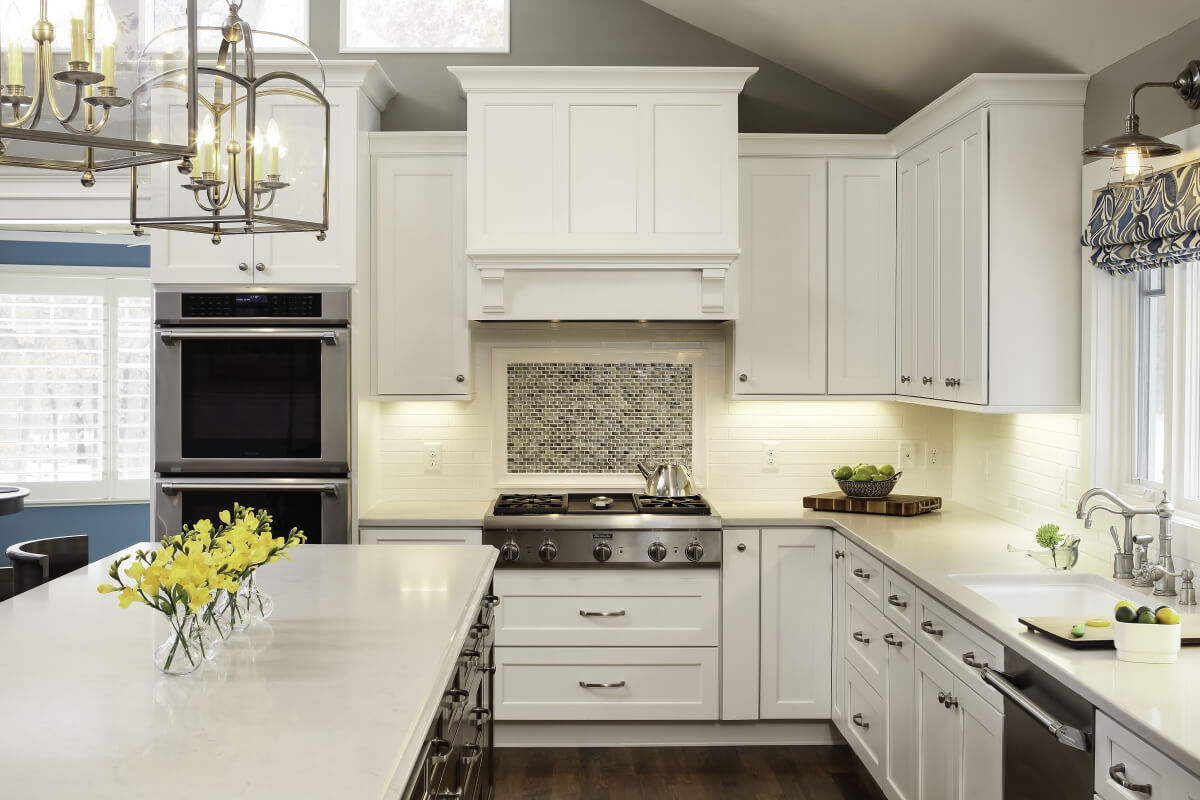 When it comes to kitchen hood design, following ASHRAE guidelines is crucial for several reasons. First and foremost, ASHRAE guidelines ensure the safety and health of occupants in the kitchen. Kitchen hood designs that are not in compliance with ASHRAE standards can lead to poor indoor air quality, which can cause health issues for those working in the kitchen.
ASHRAE guidelines also play a significant role in energy efficiency. By following these guidelines, kitchen hoods can be designed to be more energy-efficient, reducing energy consumption and costs for homeowners. This not only benefits the environment but also saves money in the long run.
Lastly, ASHRAE guidelines help in creating a sustainable kitchen design. The society's focus on promoting a sustainable world means that their guidelines include factors such as reducing carbon footprint and using environmentally friendly materials in kitchen hood design. By following these guidelines, homeowners can contribute to a more sustainable future.
Kitchen Hood Design: The Perfect Balance
Finding the perfect balance between functionality and design is essential when it comes to kitchen hood design. ASHRAE guidelines provide the necessary framework for achieving this balance. By following these guidelines, homeowners can ensure that their kitchen hoods not only meet their functional needs but also enhance the overall aesthetics of their kitchen.
Moreover, ASHRAE guidelines take into account the different types of cooking methods and appliances used in kitchens. This means that kitchen hoods can be designed to cater to specific needs, whether it be for a professional chef's kitchen or a family home.
In conclusion, following ASHRAE guidelines is crucial for achieving a safe, energy-efficient, and sustainable kitchen hood design. By adhering to these standards, homeowners can have peace of mind knowing that their kitchen hoods are not only functional but also in line with the latest industry standards. So, when it comes to kitchen hood design, keep in mind the importance of following ASHRAE guidelines for the perfect balance of form and function.
When it comes to kitchen hood design, following ASHRAE guidelines is crucial for several reasons. First and foremost, ASHRAE guidelines ensure the safety and health of occupants in the kitchen. Kitchen hood designs that are not in compliance with ASHRAE standards can lead to poor indoor air quality, which can cause health issues for those working in the kitchen.
ASHRAE guidelines also play a significant role in energy efficiency. By following these guidelines, kitchen hoods can be designed to be more energy-efficient, reducing energy consumption and costs for homeowners. This not only benefits the environment but also saves money in the long run.
Lastly, ASHRAE guidelines help in creating a sustainable kitchen design. The society's focus on promoting a sustainable world means that their guidelines include factors such as reducing carbon footprint and using environmentally friendly materials in kitchen hood design. By following these guidelines, homeowners can contribute to a more sustainable future.
Kitchen Hood Design: The Perfect Balance
Finding the perfect balance between functionality and design is essential when it comes to kitchen hood design. ASHRAE guidelines provide the necessary framework for achieving this balance. By following these guidelines, homeowners can ensure that their kitchen hoods not only meet their functional needs but also enhance the overall aesthetics of their kitchen.
Moreover, ASHRAE guidelines take into account the different types of cooking methods and appliances used in kitchens. This means that kitchen hoods can be designed to cater to specific needs, whether it be for a professional chef's kitchen or a family home.
In conclusion, following ASHRAE guidelines is crucial for achieving a safe, energy-efficient, and sustainable kitchen hood design. By adhering to these standards, homeowners can have peace of mind knowing that their kitchen hoods are not only functional but also in line with the latest industry standards. So, when it comes to kitchen hood design, keep in mind the importance of following ASHRAE guidelines for the perfect balance of form and function.



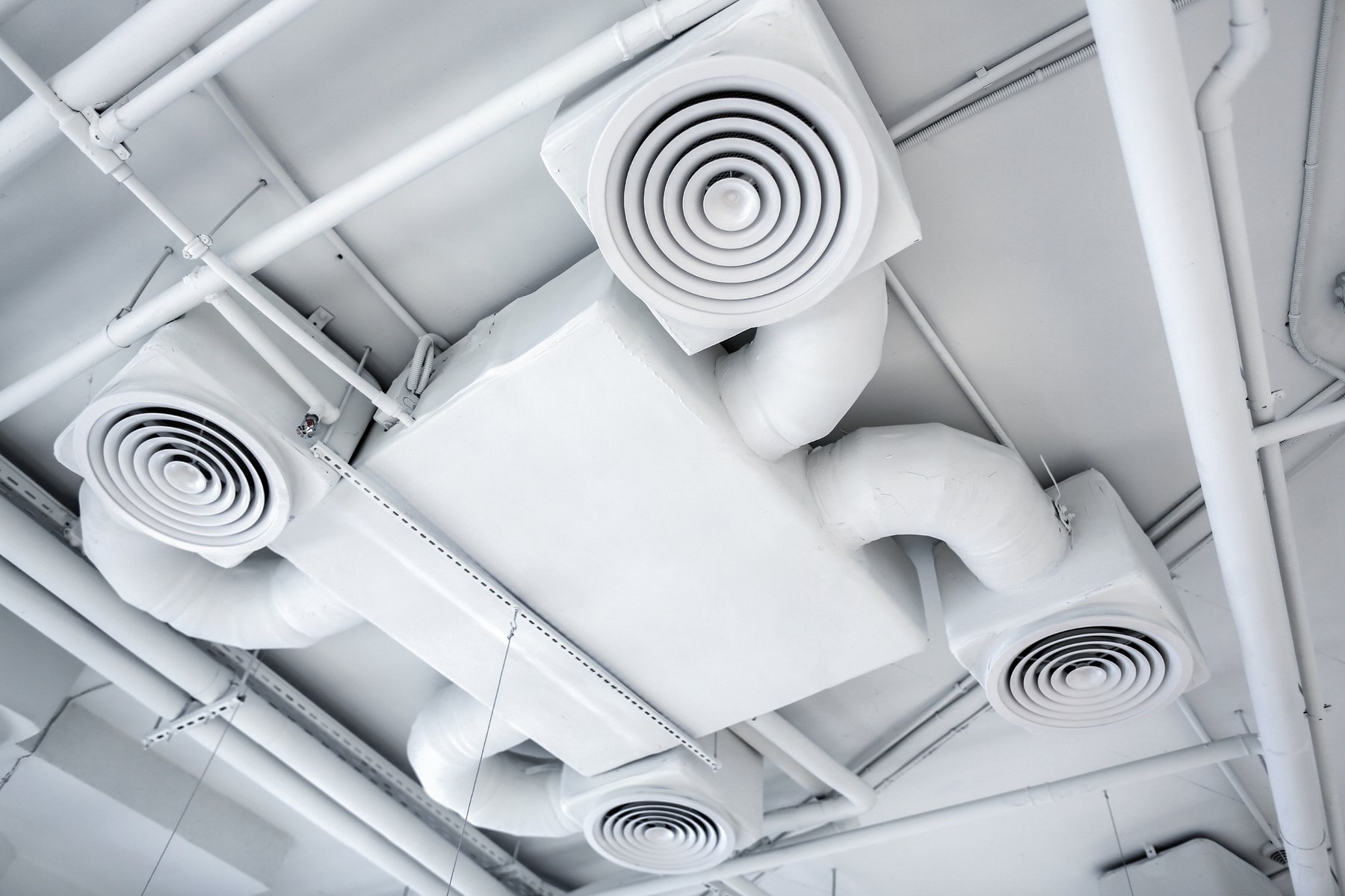



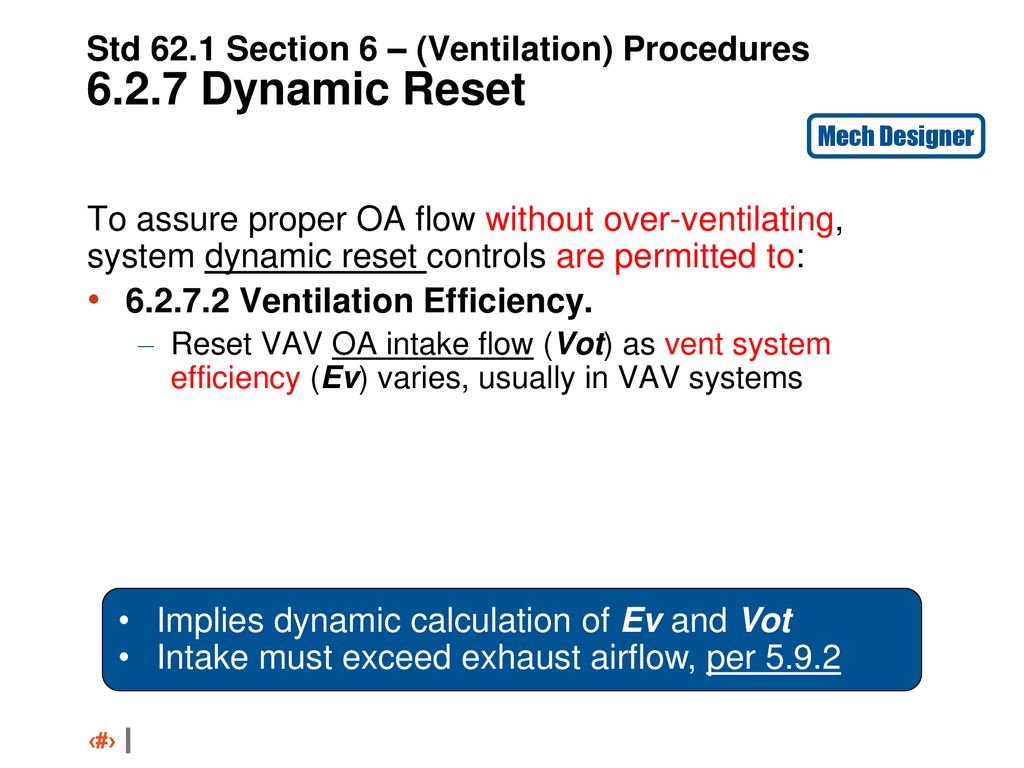


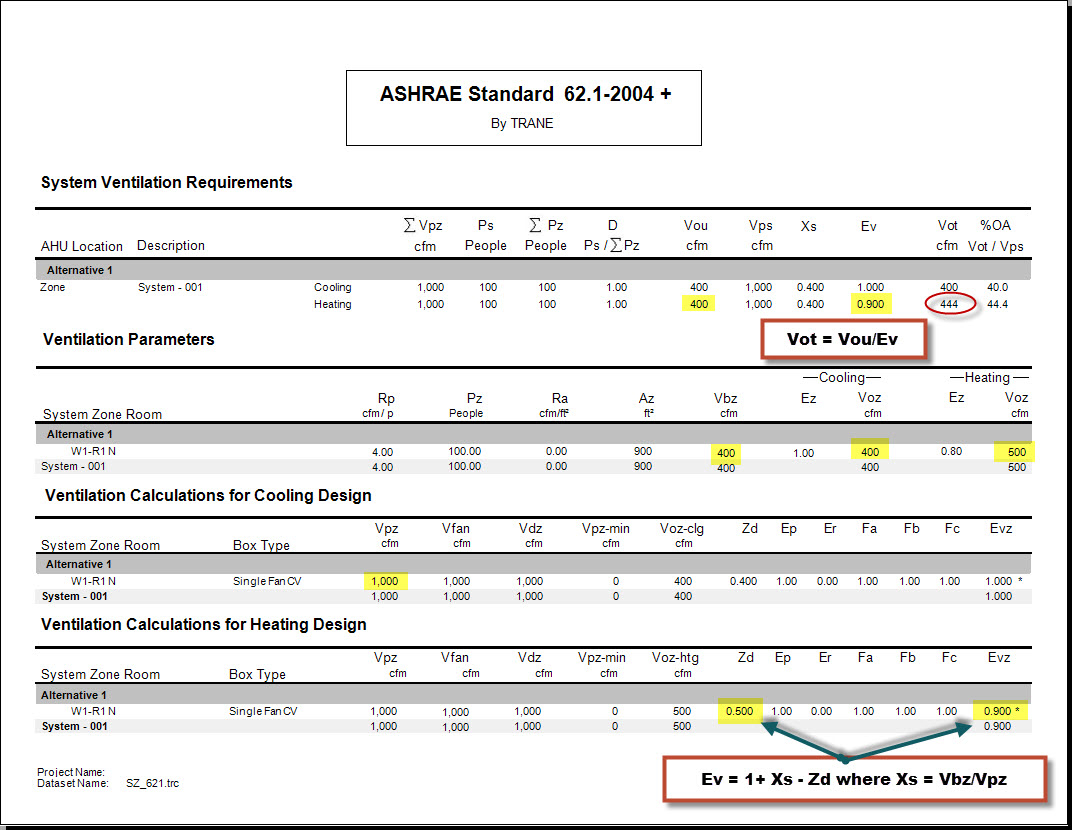

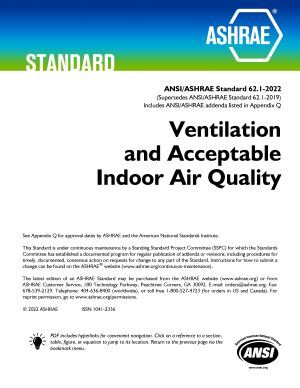


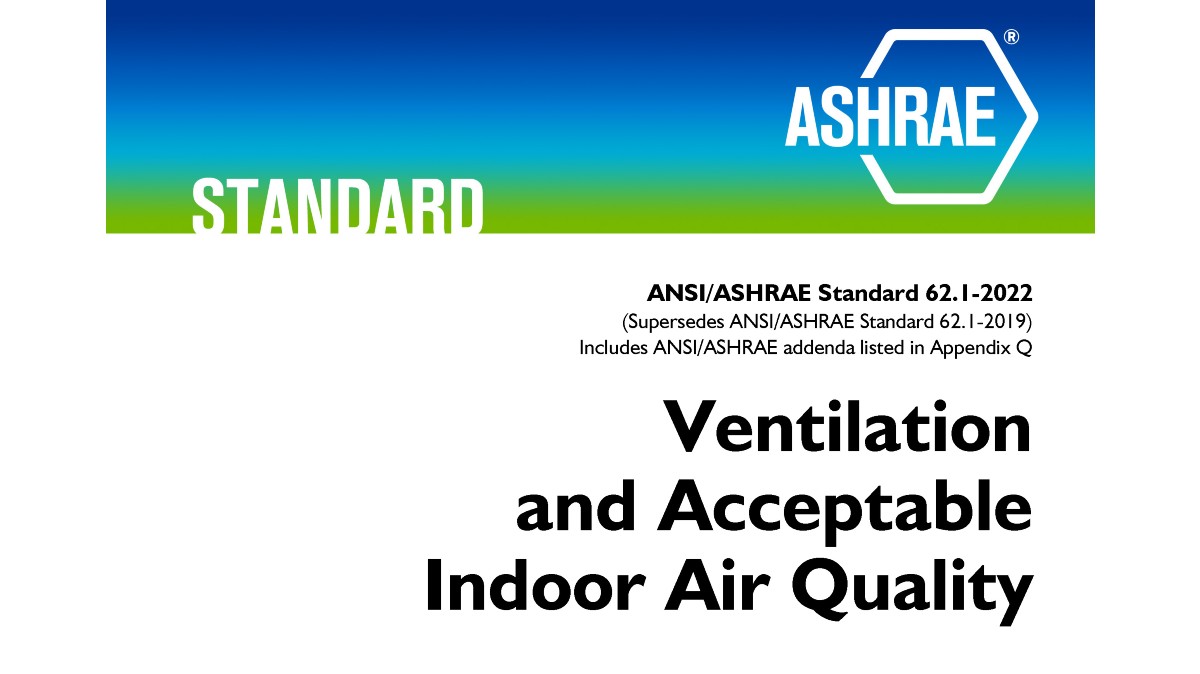

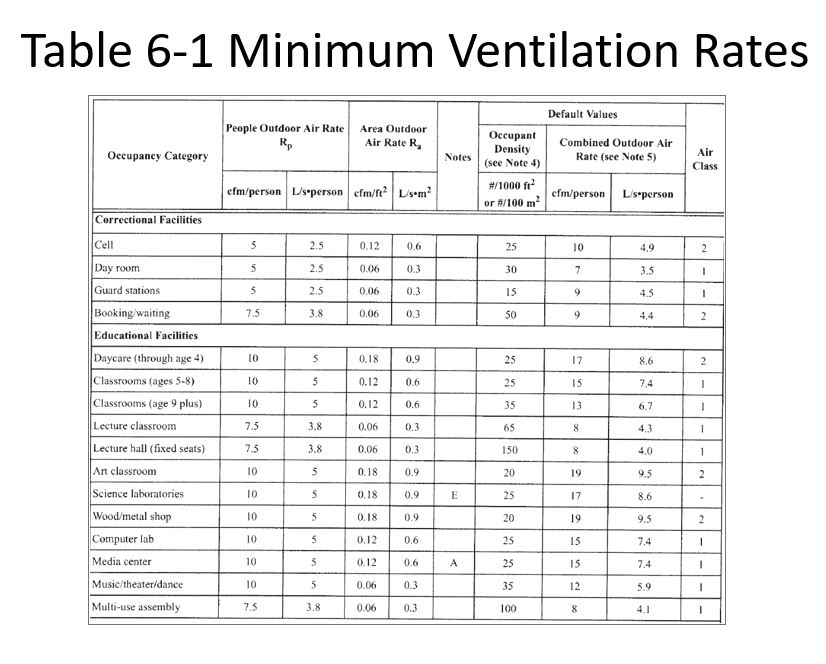

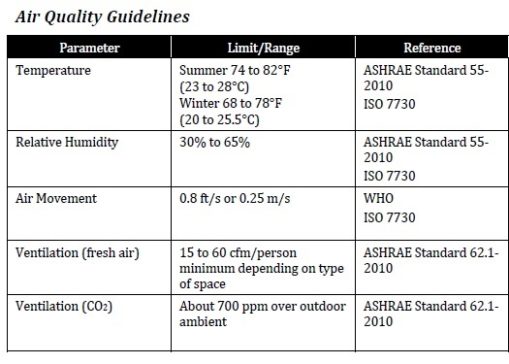










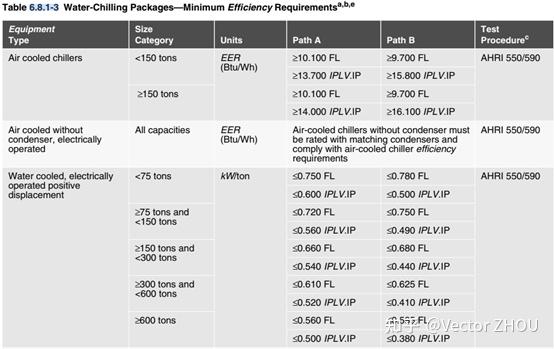




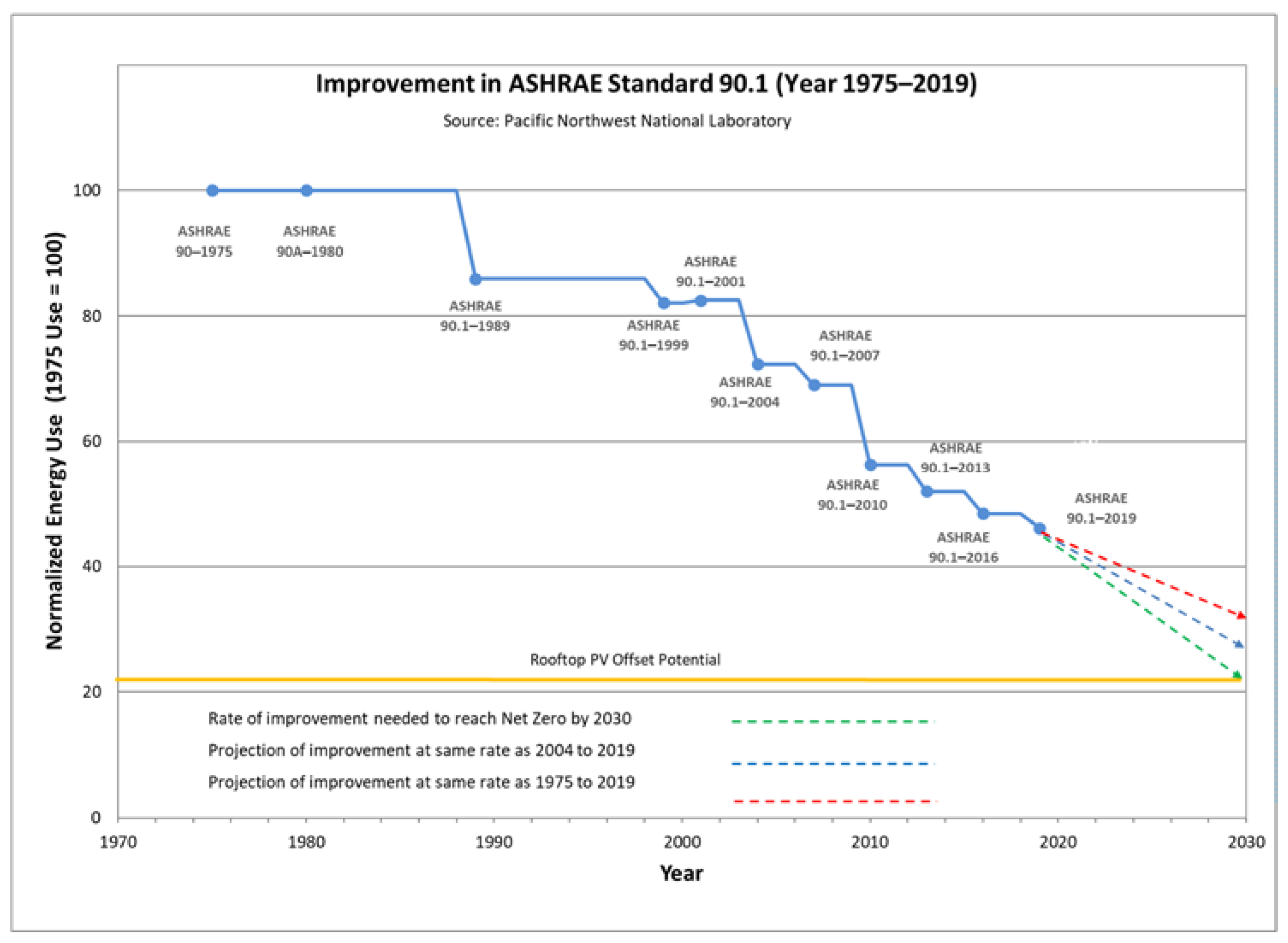
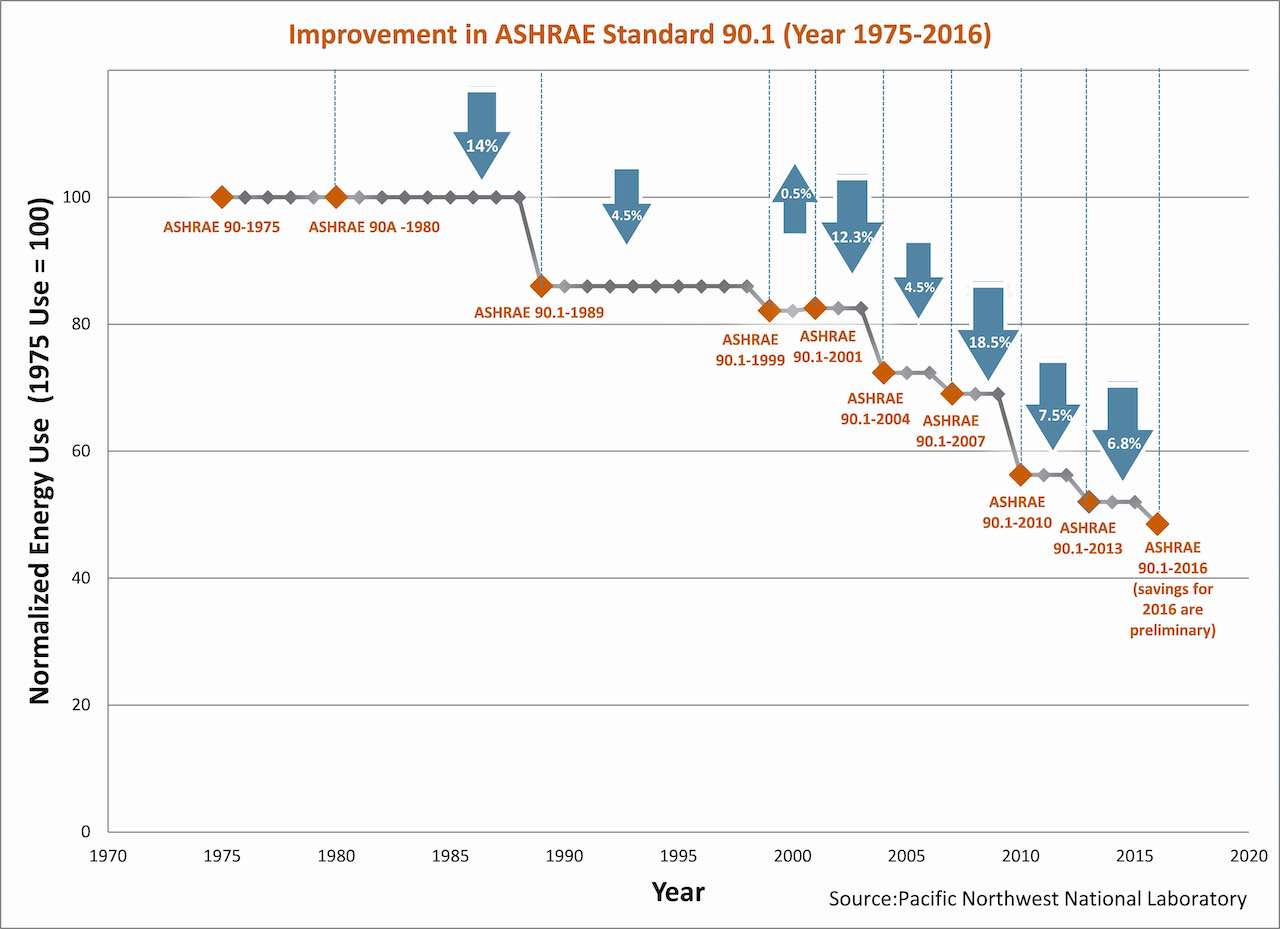
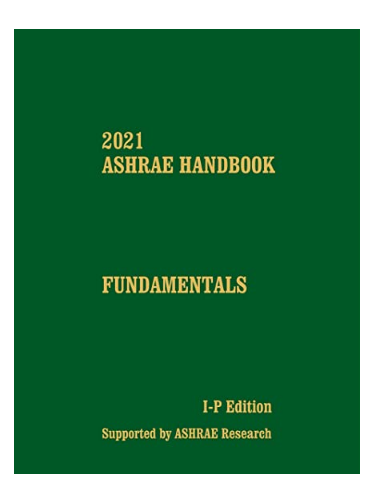

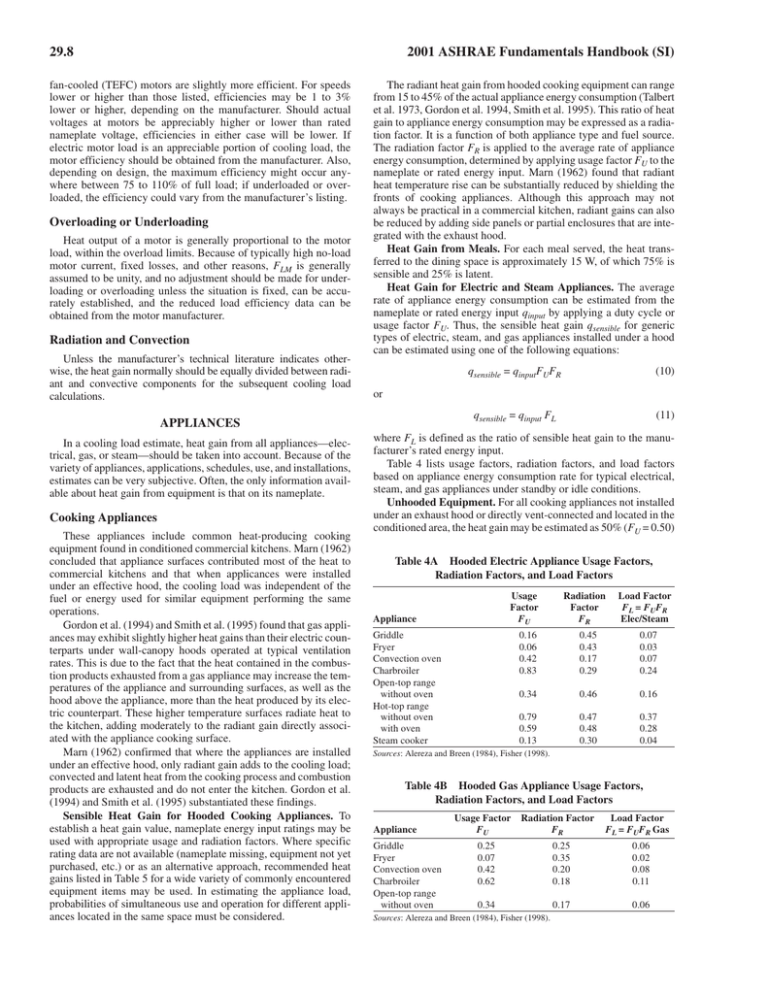
.jpg?1657117561)

